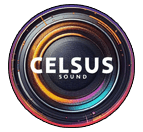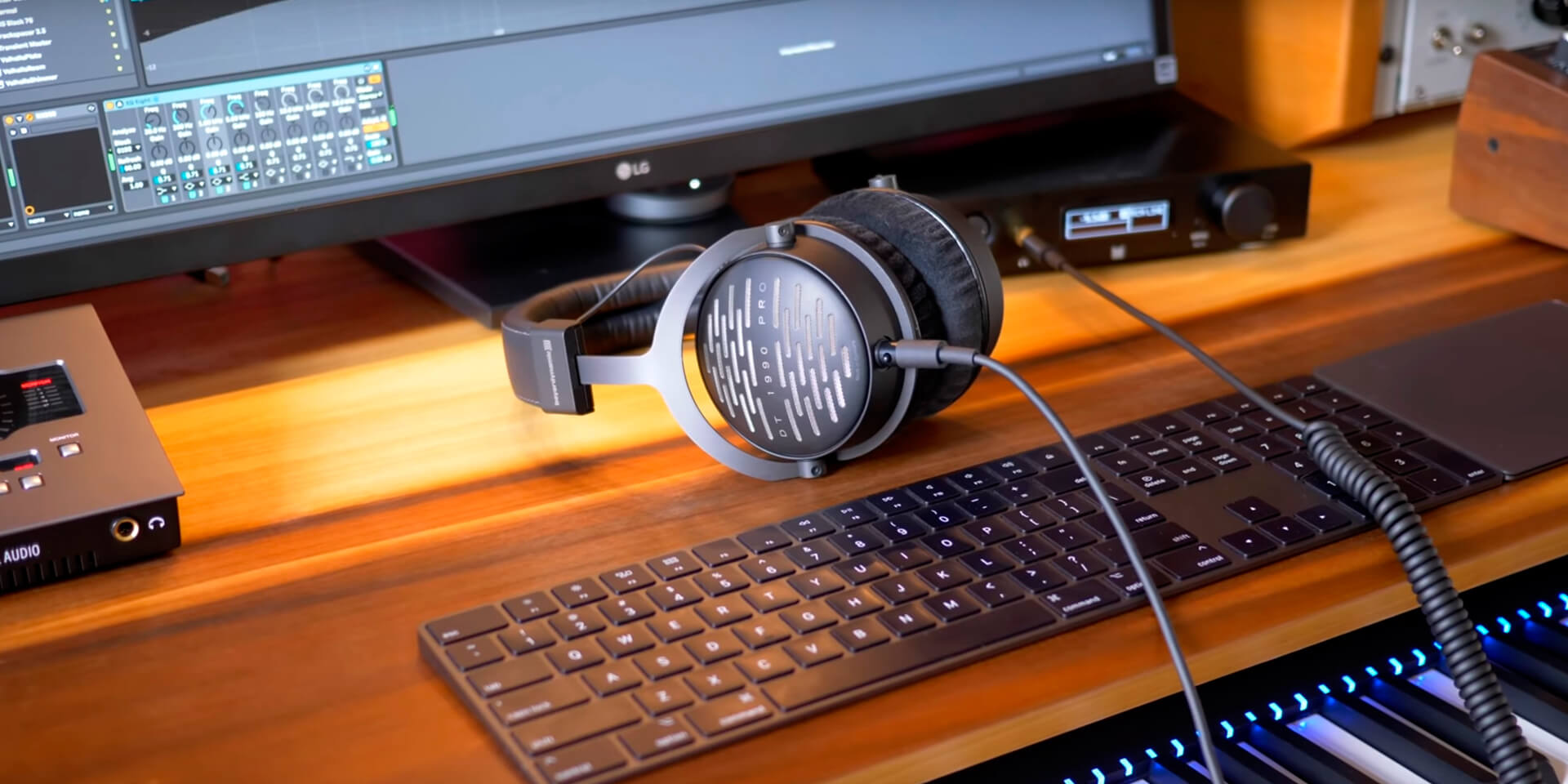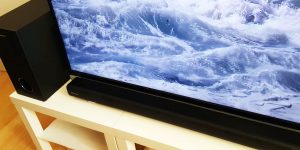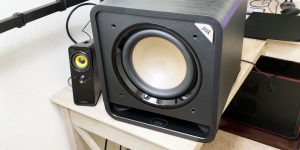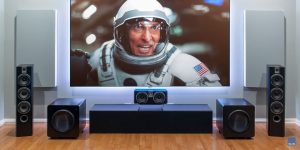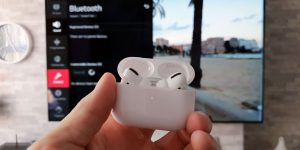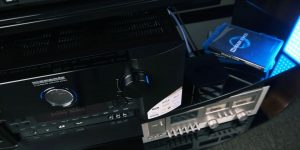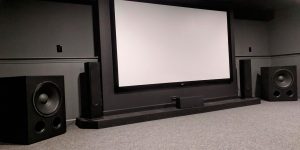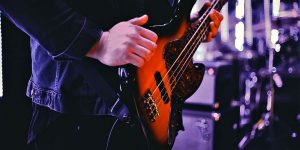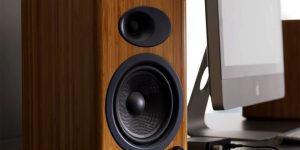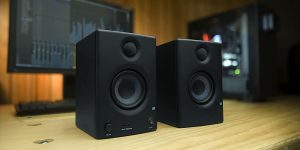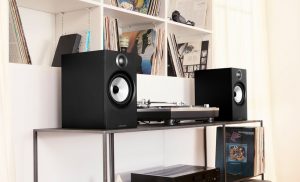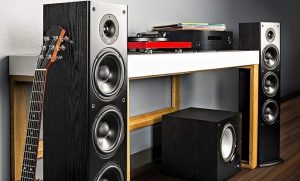Studio monitor headphones are a type of headphones that are specifically designed for studio use.
They have extra features and controls, such as adjusting volume and mixing sound with more precision than regular headphones. This makes them ideal for mastering songs in the studio or mixing tracks to create music. This blog post will discuss what they are used for and why you may want to purchase some!
Advantages of studio headphones and why you need them
Here are some of the benefits that come with using studio monitor headphones in your recording process.
- They can allow you to hear all aspects of a track or mix and make necessary adjustments without having to rely on monitors alone, which could be difficult if they don’t have an auxiliary input or headphone jack. You’ll also want to make sure that the headphones are not too loud so you can hear everything and adjust accordingly.
- You’ll be able to use your studio monitor headphones as a reference point for where things will sound on other speakers, which could come in handy if you’re working with clients with very specific opinions about how they want their songs mixed.
- Studio monitor headphones will also allow you to hear distortion or other audio artifacts that could be difficult to notice on regular headphones. This can help save a lot of time when it comes down to mixing and mastering your songs!
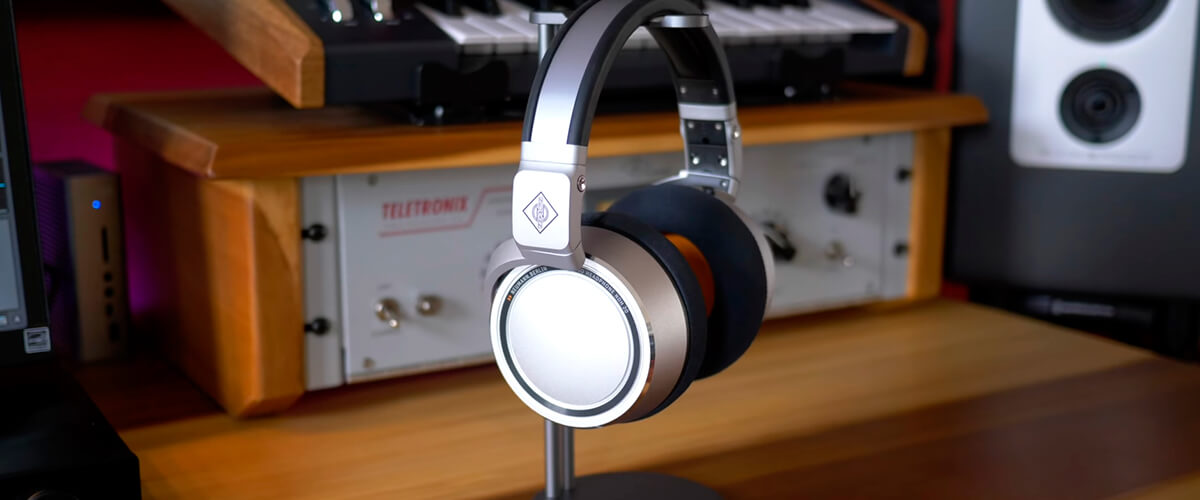
What are the features of a good pair of studio headphones?
- If possible, choose a closed-back headphone with noise-canceling features so that outside distractions don’t interfere with what you’re listening to.
One important consideration for monitoring headphones is how much sound leaks out into the recording space. - It’s important to make sure that your headphones have a detachable cable. This will allow you to switch them out when they inevitably get tangled or damaged, which can save the day in some cases!
- The most important things you’ll want to check for are the frequency range and impedance. A good pair of headphones will have a frequency response that ranges from 20Hz up to 200kHz, or more! You also need something with an impedance of between 16-300 Ohms, so they’re not too hard on your ears.
- Try before you buy! It’s always a good idea to be sure that your headphones are comfortable and fit comfortably on your head. You’ll want something with adjustable earpads so they can accommodate various shapes and sizes of heads, as well as something durable enough to withstand the wear and tear of everyday use in a studio.
The difference between open back and closed back monitors
There are two types of monitors that you can purchase: open back and closed back. The difference is pretty clear – with an open-back monitor, the speaker grills on the outside allow sound to leak out. This creates a more natural listening experience and means that there’s not as much bass response or isolation from external noise sources.
On the other hand, a closed-back monitor is more isolated from outside noise and has a richer sound overall. However, because of that isolation, they don’t allow as much ambient sound to leak in, making it difficult for you to be aware of your surroundings or hear what’s going on around you!
Closed-back headphones are more suitable for musicians and performers.
Open-ear studio headphones are designed for recording sources that are direct electronic like beats, loops, and samples. They also perform best when the sound source has already been recorded (editing, mixing, or mastering.)
